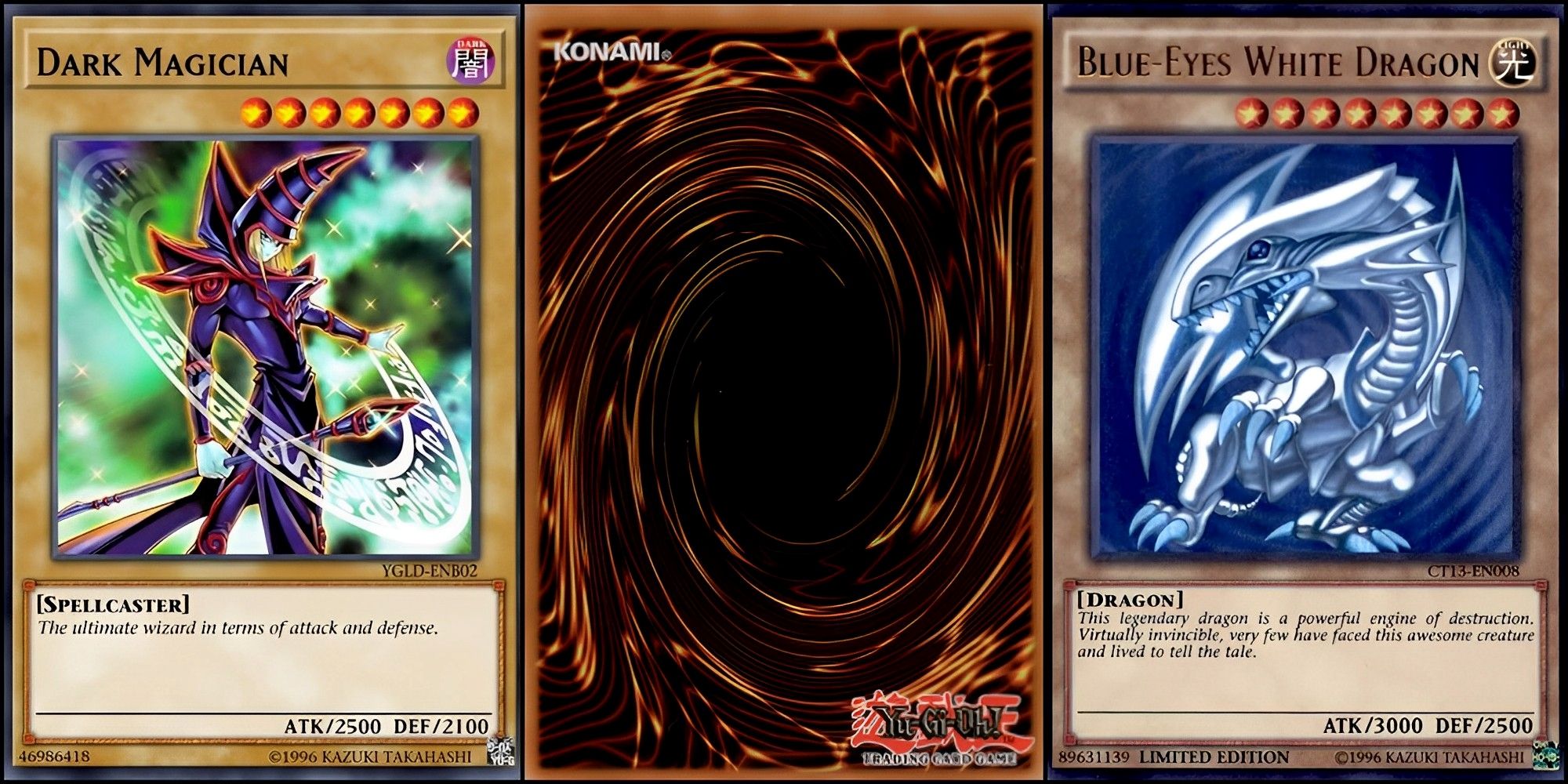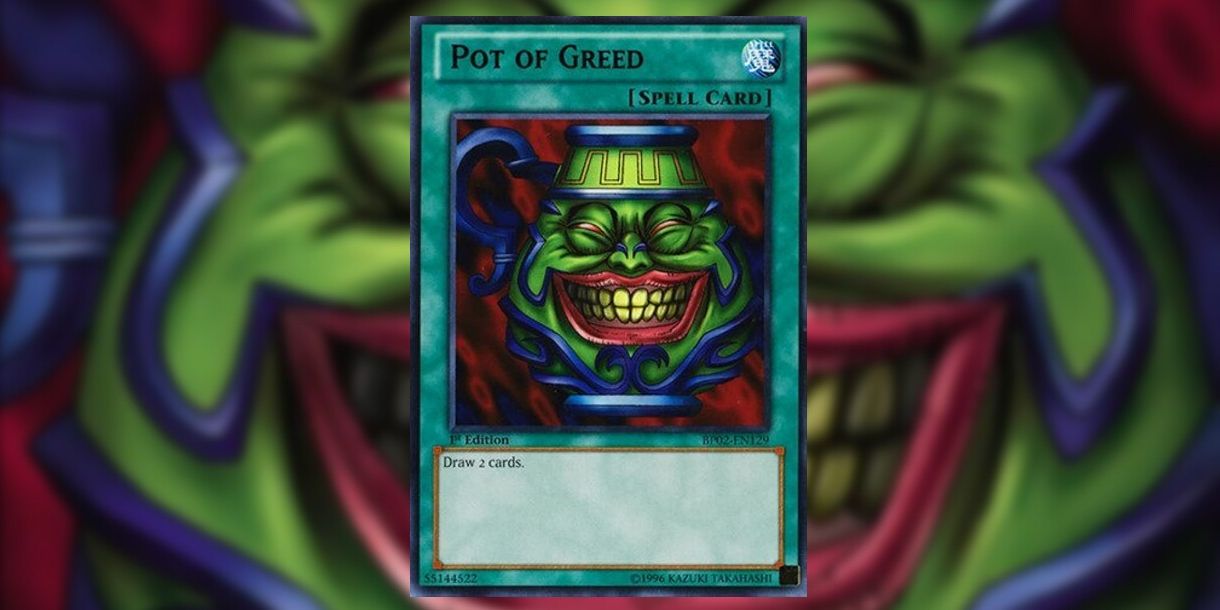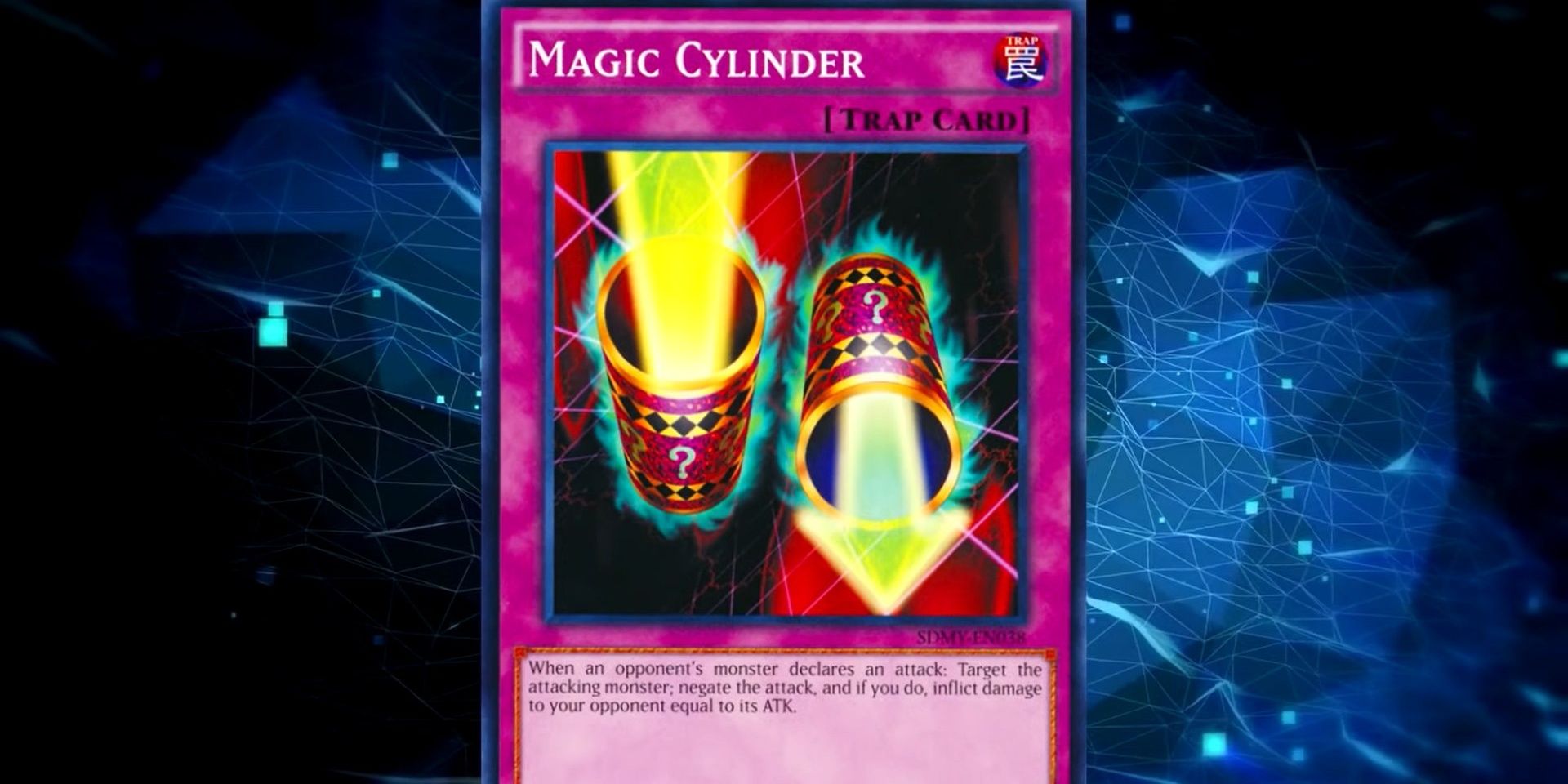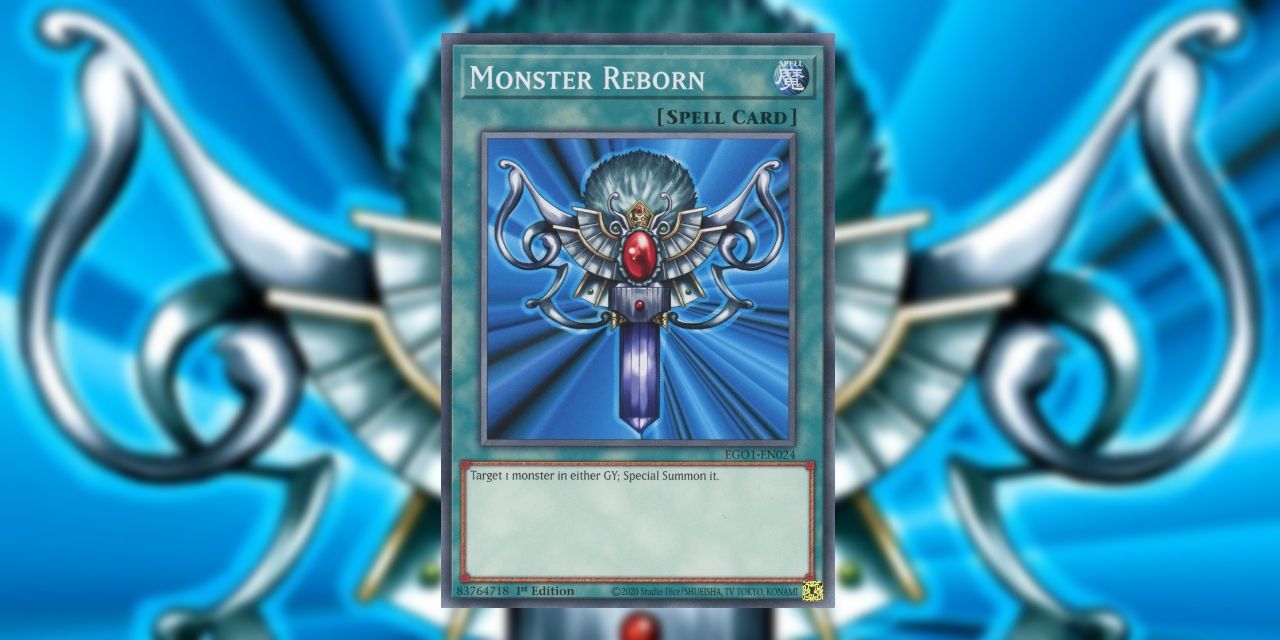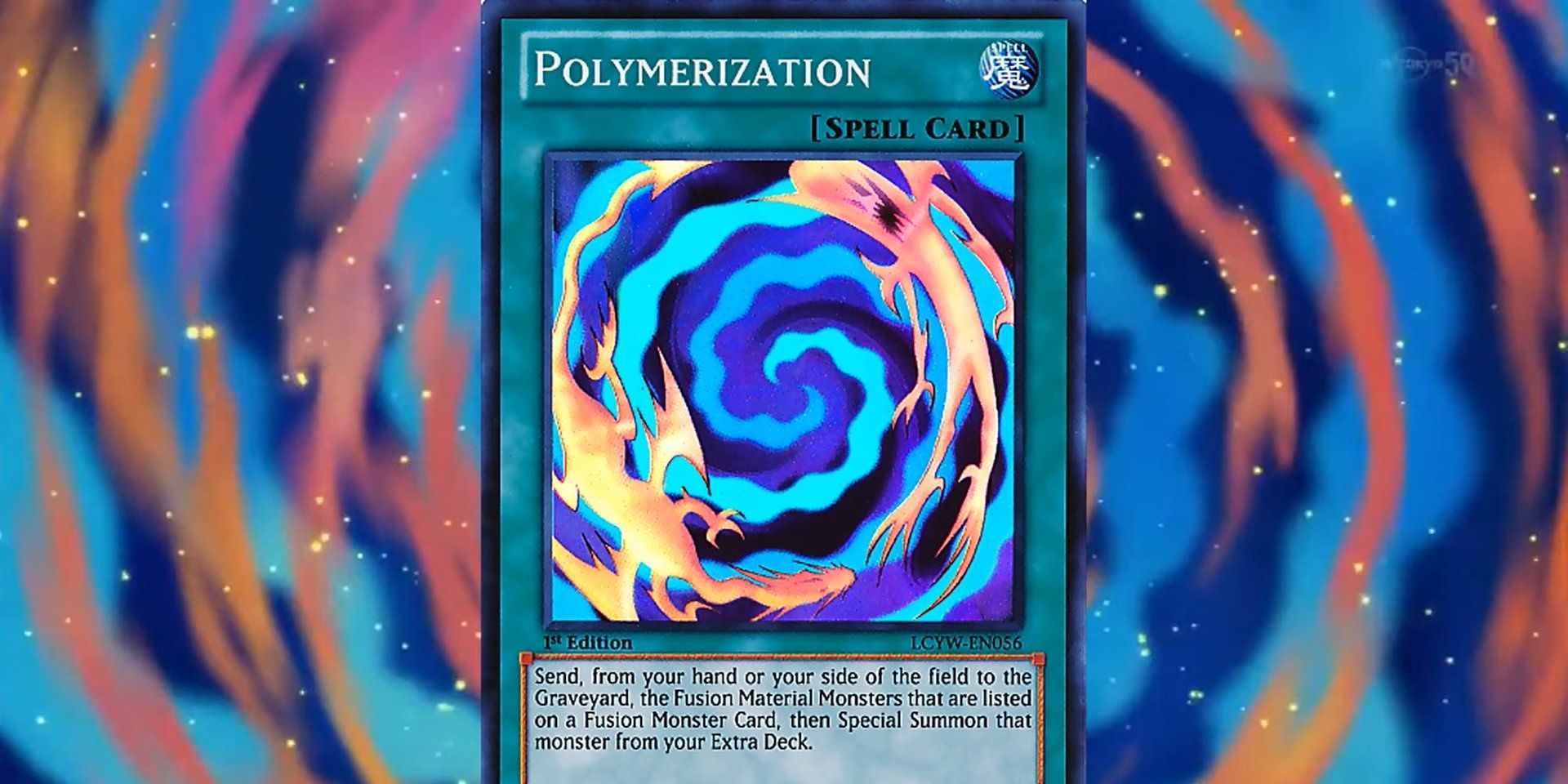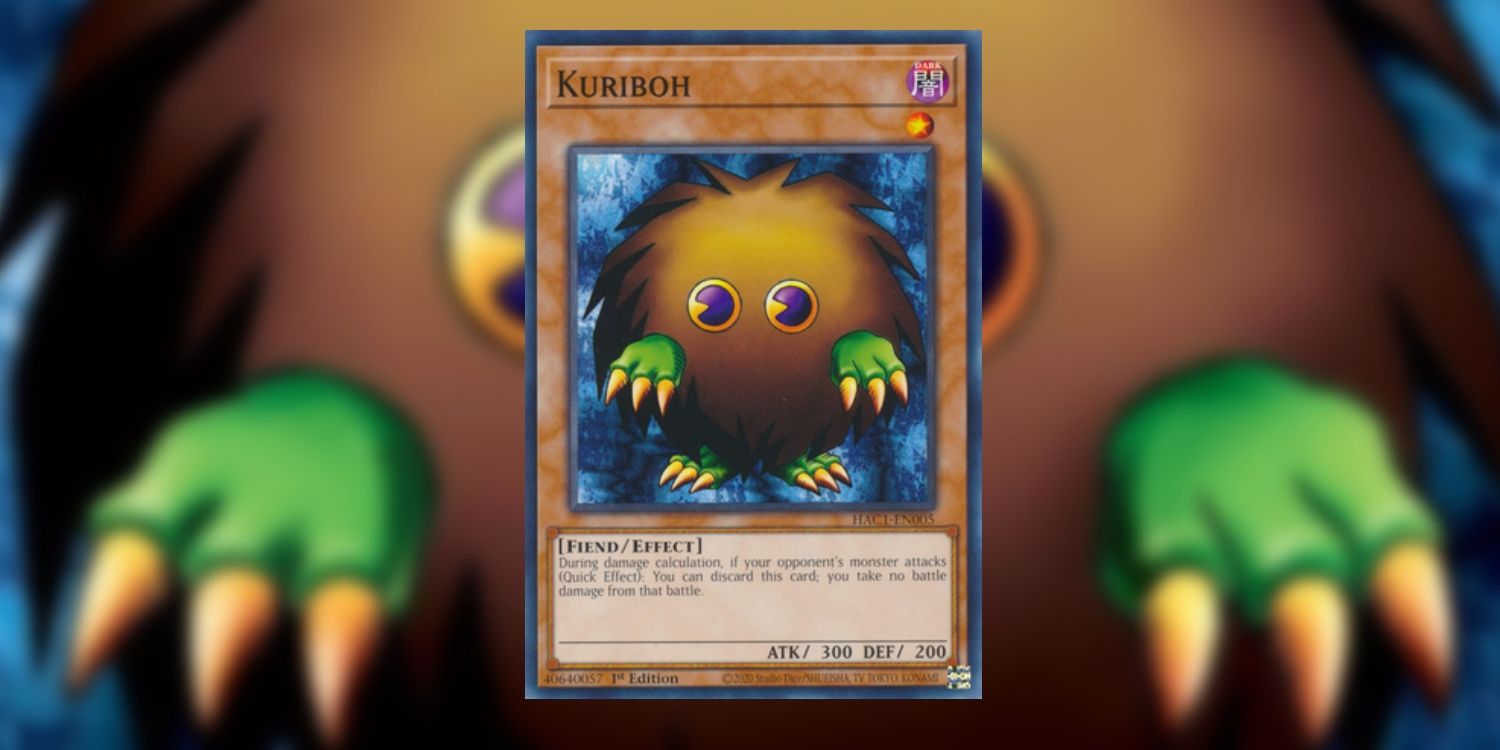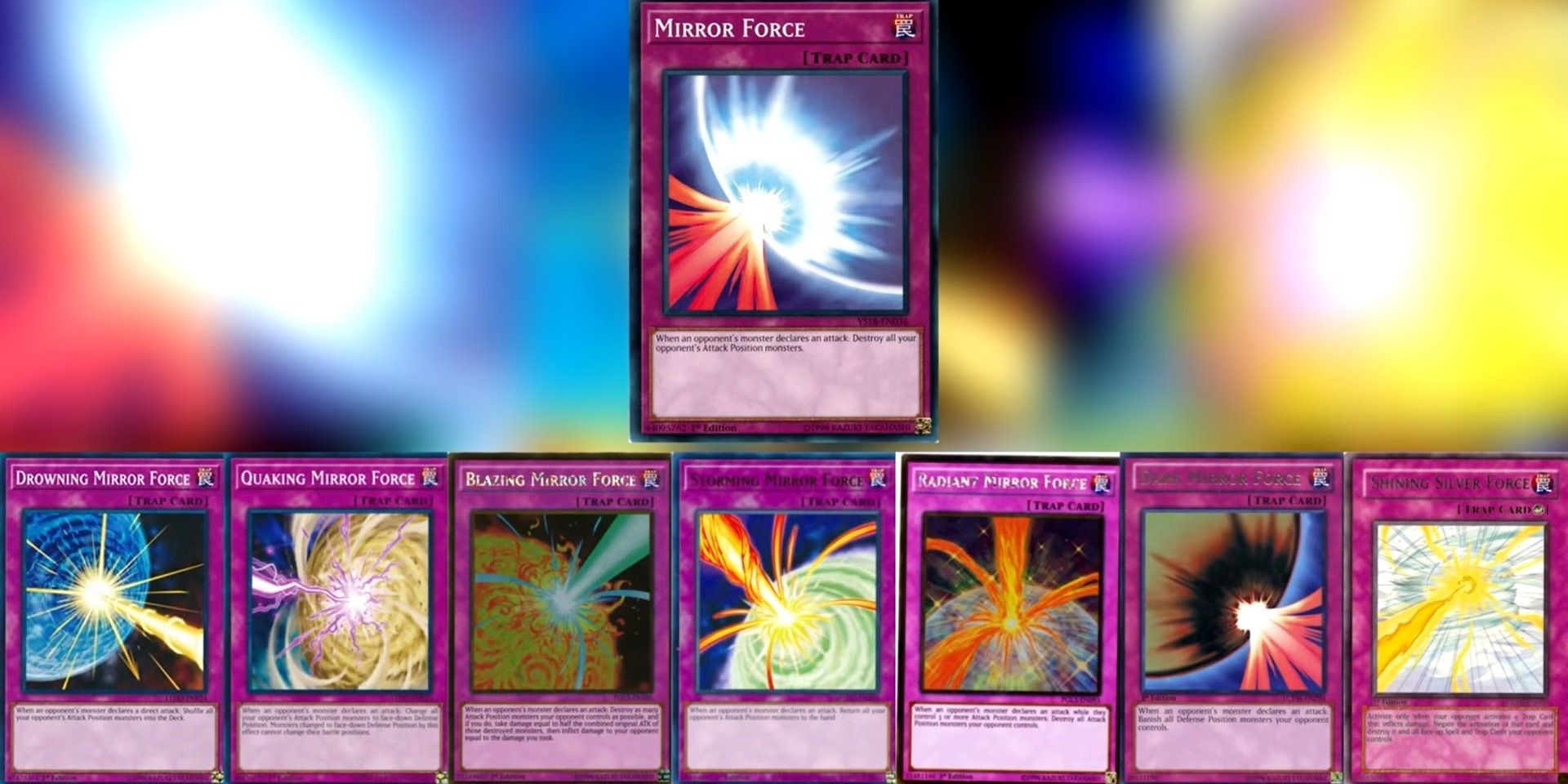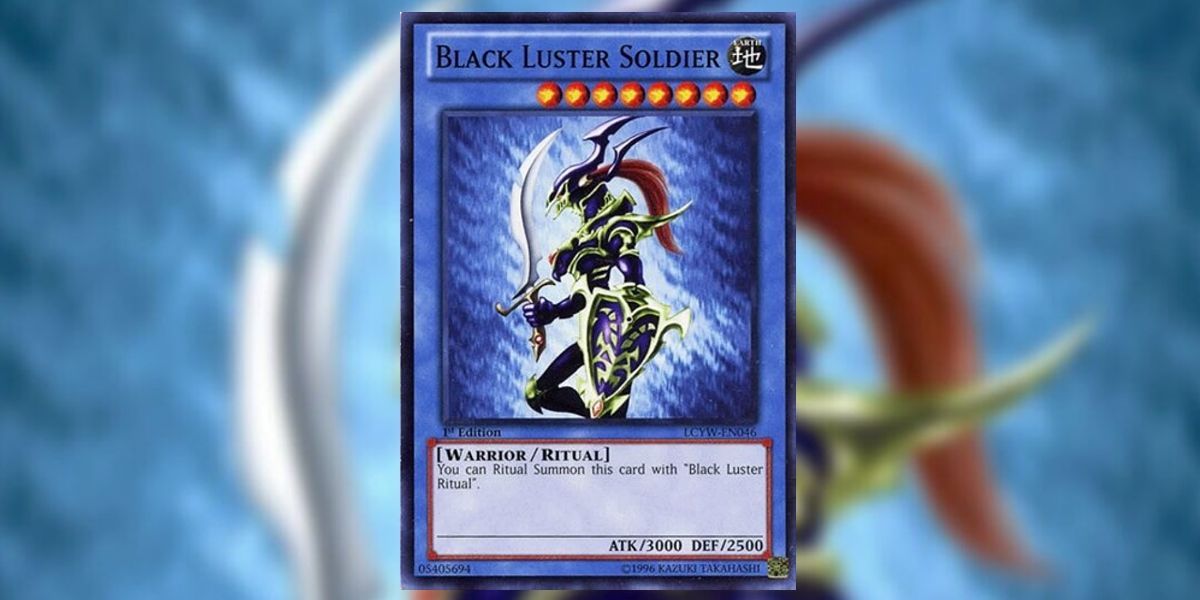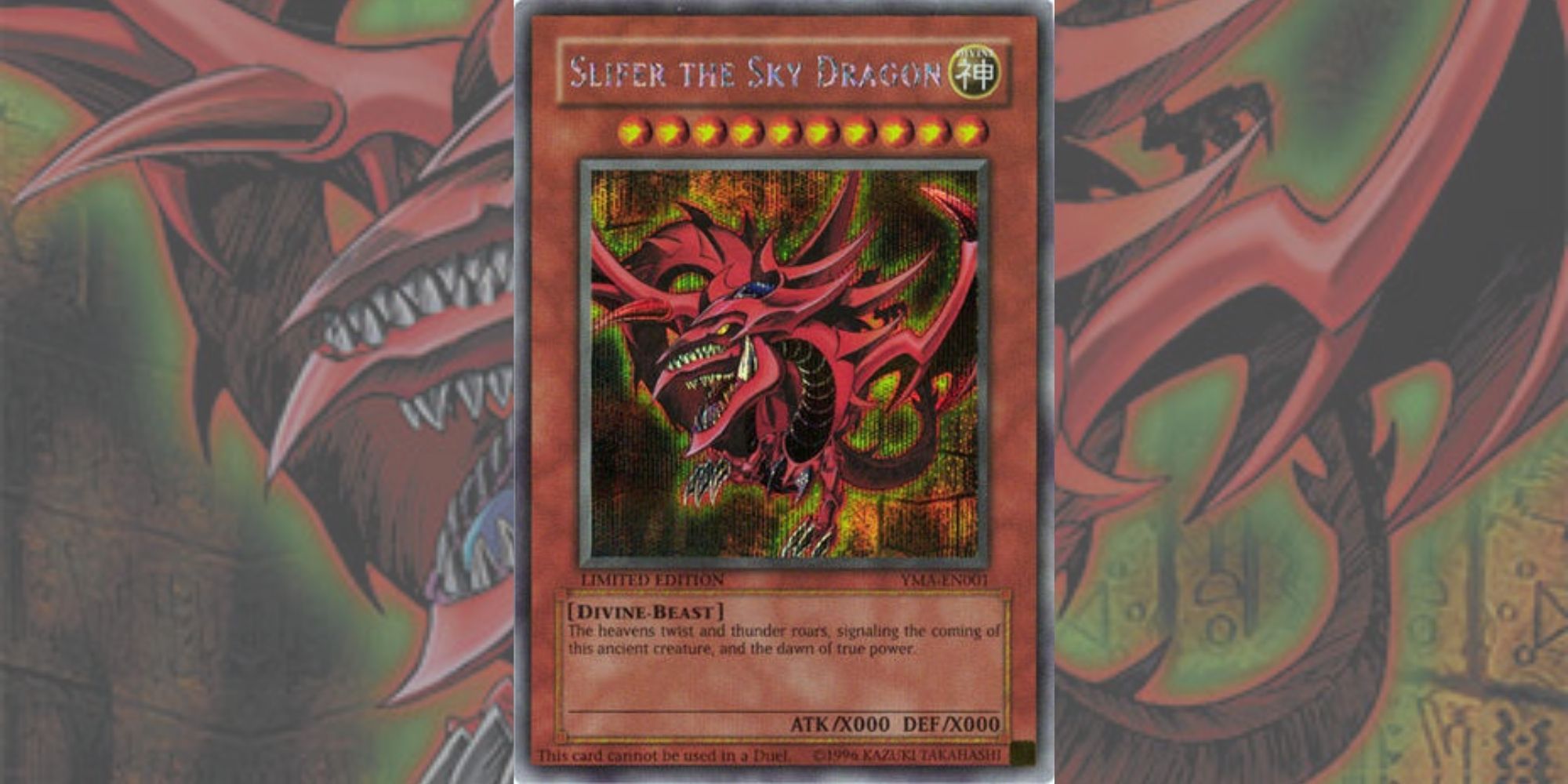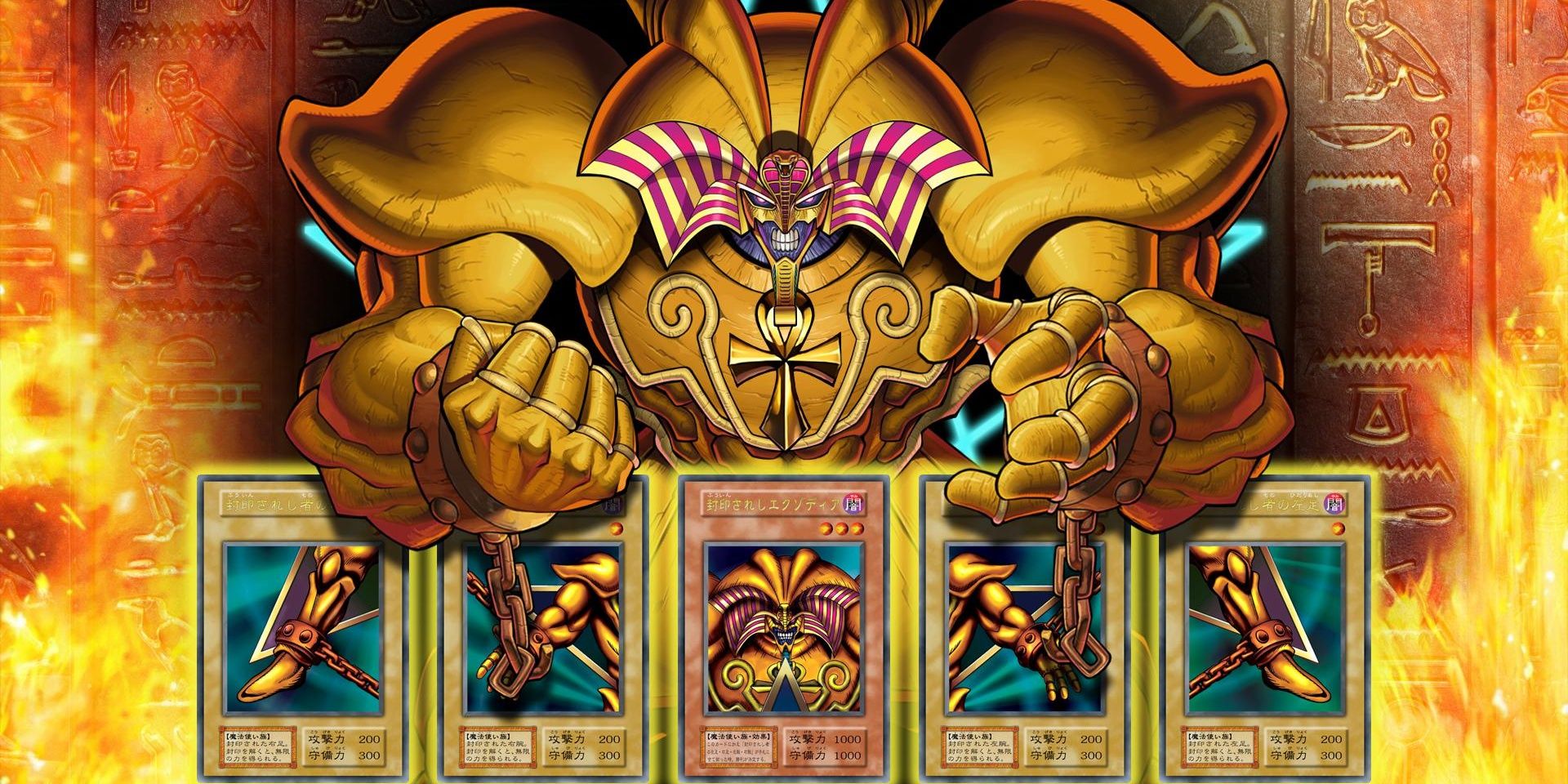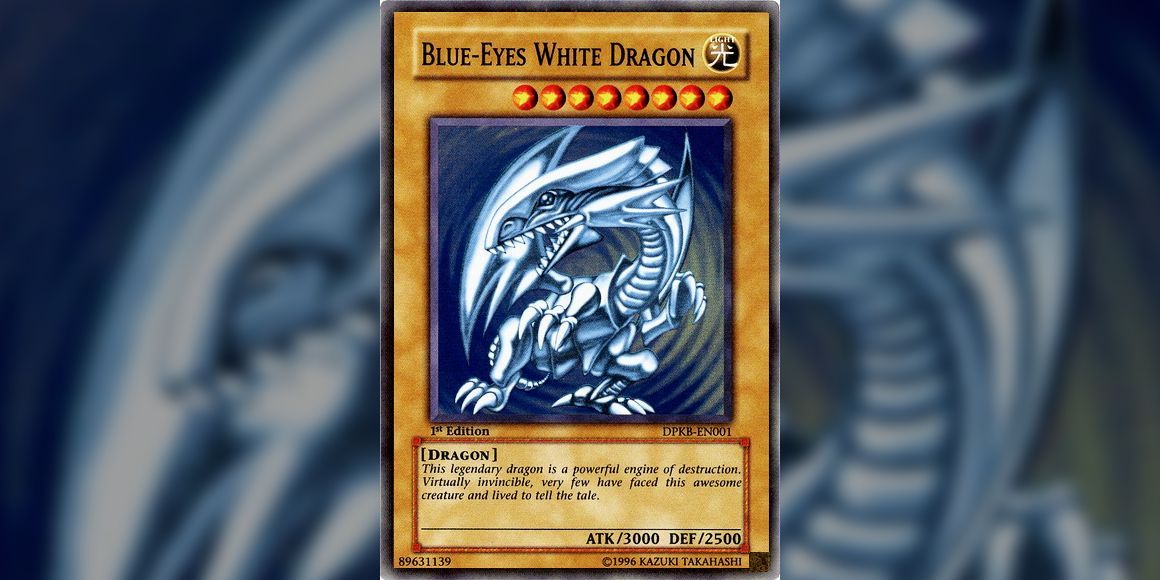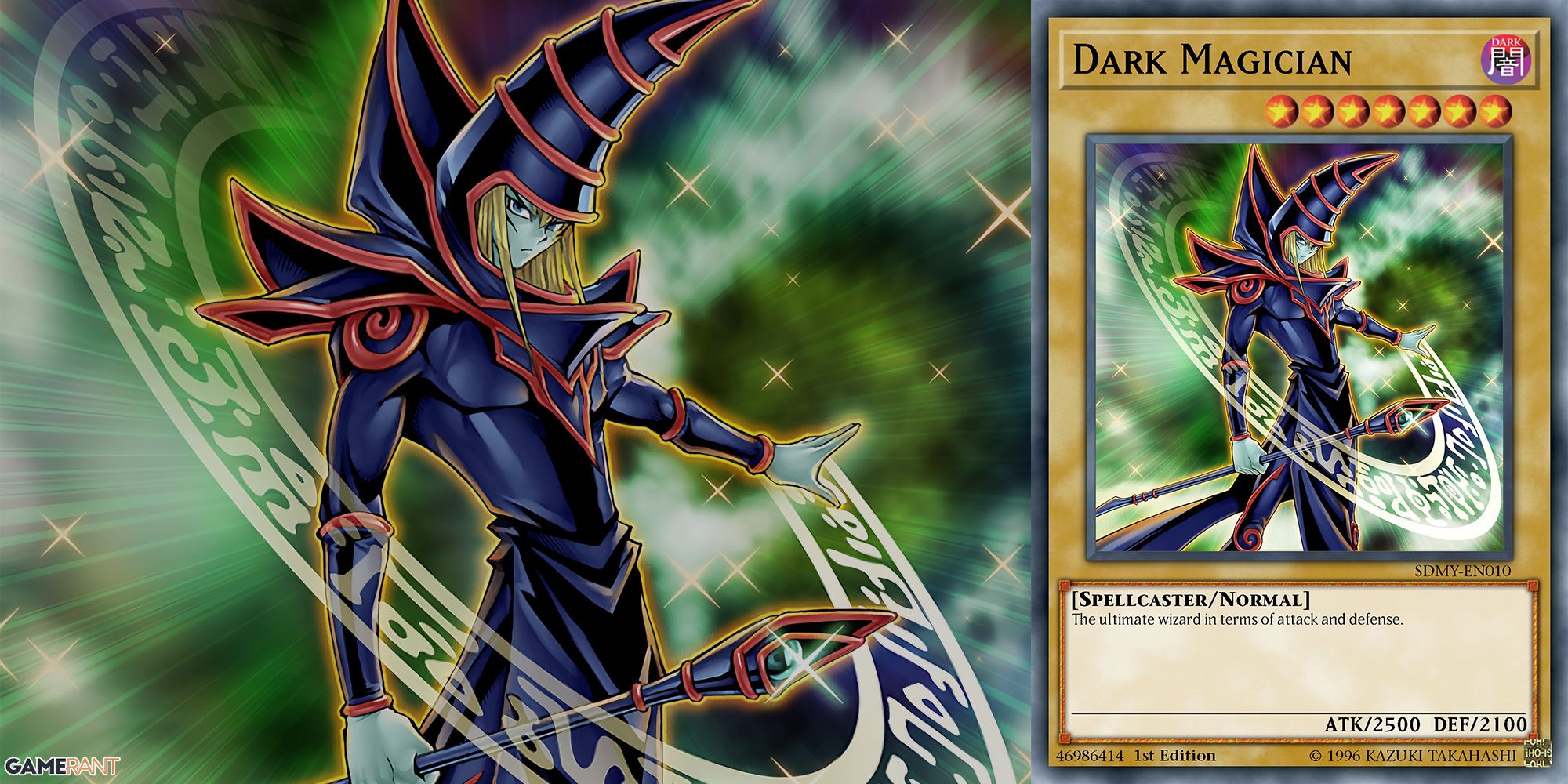Highlights
- Pot of Greed: Draw Two Cards For The Price of One. Overpowered advantage, not allowed in competitive play since 2005.
- Magic Cylinder: Cancels Out Attack and Damages Opponent. Popular and important in competitive play.
- Monster Reborn: Special Summon a Monster From Graveyard. Banned at first, but later returned to limited play. Advantages in strategy and reincarnating monsters.
Yu-Gi-Oh! is one of the most well-known trading card franchises of all time. Its impressive spread of monsters and playstyles makes the series perfect for fans of all skill levels. However, perhaps one of Yu-Gi-Oh!’s most charming features is the way that cards take on a life of their own, earning reputations for their stats, designs, and abilities on and off the field.
Yu-Gi-Oh! 10 Ways The Card Game Has Changed Since 1999
It’s been over 20 years since Yu-Gi-Oh! was first released. Here are 10 ways the trading card game has changed since then.
While many modern decks feature XYZ, Pendulum, or Link Monsters to make each match more intense, the stakes were never higher in the original card game than when these cards were put into play, making them a defining feature of the series’ success.
Updated December 29, 2023, by Collins Erasmus: Ever since its debut, Yu-Gi-Oh! has branched out into other mediums, such as anime, video games, and, most prominently, a trading card game for competitive play. Each player builds a deck of monster, spell, and trap cards to use in their combat against the other players. Through the use of well-planned card execution and strategic use of game rules, the main goal is to bring the opponent’s Life Points down to zero. Thousands more cards with new powers, archetypes, and tactics have been added to Yu-Gi-Oh! through the game’s many expansions. Many fans enjoy collecting Yu-Gi-Oh! cards for reasons other than gaming, such as their artwork, rarity, and personal worth.
11 Pot Of Greed
Draw Two Cards For The Price of One
- Release Year (Japan): 1999
- Release Year (North America): 2002
- Card Type: Spell
What does Pot of Greed do? It’s simple. The smiling green Spell Card allows duelists to draw two cards and add them to their hands. That’s it. However, despite its apparent simplicity, Pot of Greed is one of the most notorious cards in the Yu-Gi-Oh! community. The Spell Card was allowed limited use in the first World Tournament in 2003, but it has not been permitted in competitive play since 2005. By allowing players to draw presumably more valuable cards without discarding others, Pot of Greed gives its user an overpowered advantage that can turn the tide of even the closest matches.
10 Magic Cylinder
Cancels Out the Attack and Damages the Player Who Initiated It
- Release Year (Japan): 2000
- Release Year (North America): 2003
- Card Type: Trap
The Yu-Gi-Oh! trading card game’s Magic Cylinder is a Trap Card that is known for being able to block an opponent’s attack and deal damage back to them. Its inclusion in a variety of decks and strategies shows how popular and important it is in competitive play, where players try to use its unique effect to get an edge and secure wins at crucial times.
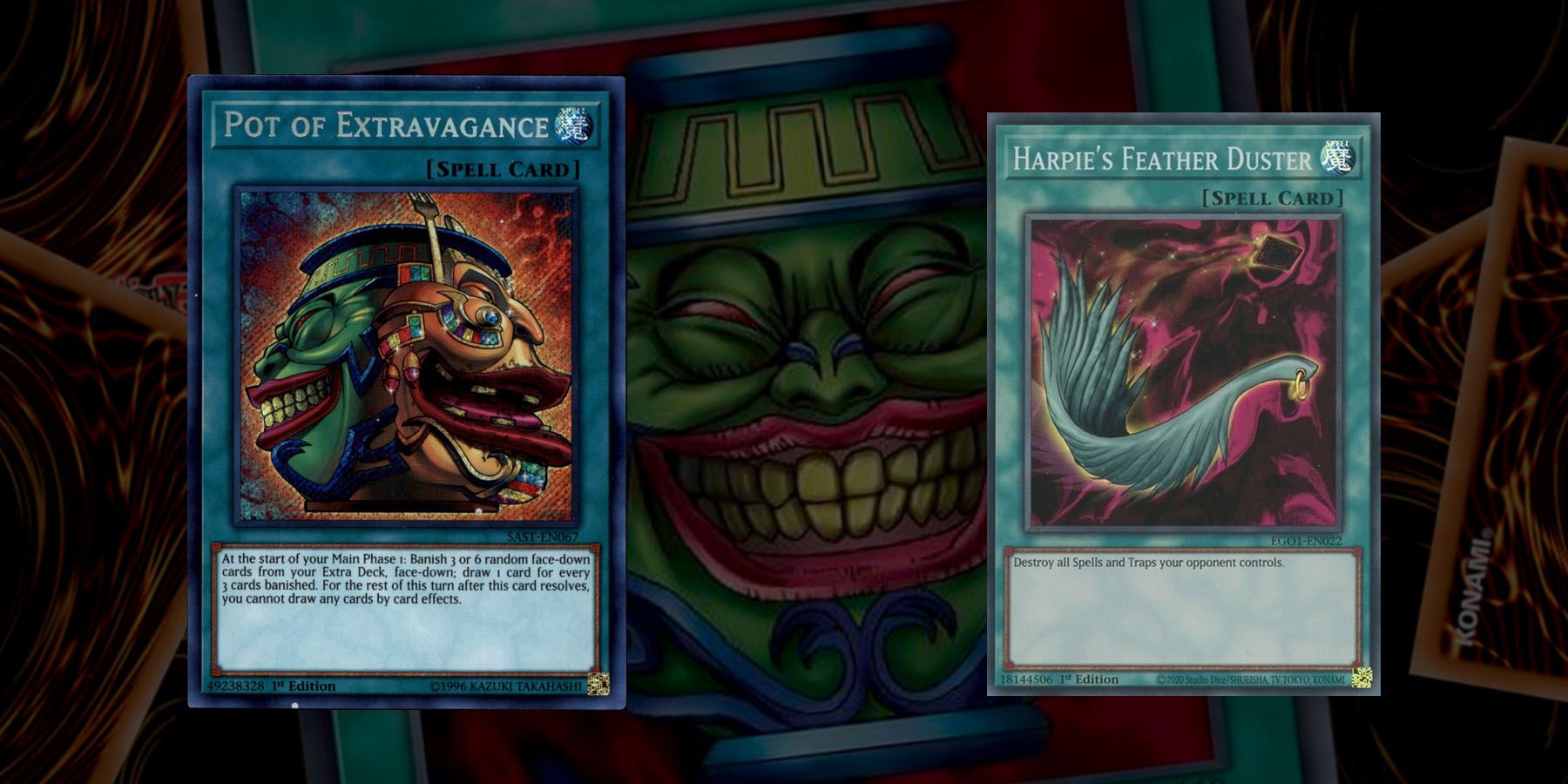
Yu-Gi-Oh! Master Duel – 10 Underappreciated Spell Cards
These underappreciated Spell Cards are well worth considering in Yu-Gi-Oh! Master Duel.
To get the most out of Magic Cylinder, players need to be very careful with their time and planning. Furthermore, Many players include Magic Cylinder in their decks, and it is still a famous and important card in the competitive Yu-Gi-Oh! scene.
9 Monster Reborn
Target & Special Summon a Monster From the Graveyard of Either Player to Their Side
- Release Year (Japan): 1999
- Release Year (North America): 2002
- Card Type: Spell
Featuring a decorative dagger, Monster Reborn is a Spell Card that allows players to select a monster from either player’s Graveyard and Special Summon it into battle.
Monster Reborn was one of the first cards banned in Yu-Gi-Oh! because, similar to Pot of Greed, its ability has few setbacks. Still, the card was returned to play as part of the limited list in 2010. While each duelist can only include one copy of the card per deck, this limitation reinforces the importance of strategy in each match. Whether players reincarnate their own monster or their opponents, Monster Reborn is one of the series’ most advantageous cards.
8 Polymerization
Combine the Abilities of Several Monsters to Make a Stronger Fusion Monster
- Release Year (Japan): 1999
- Release Year (North America): 2002
- Card Type: Spell
Polymerization is an important Spell Card in the trading card game Yu-Gi-Oh! It has been important since the beginning of the game and lets players do Fusion Summons and bring strong Fusion Monsters to the scene. The card makes it easier to combine different monsters into a single, better one. This is similar to how fusion and synergy work in the game.
For Polymerization to work best, players need to carefully consider their deck makeup, Fusion Monster choices, and timing. Polymerization is still a popular and well-known card in the Yu-Gi-Oh! community. It has an impact on how decks are built, how games are played, and how players compete.
7 Kuriboh
Protects Players’ Life Points by Lowering Battle Damage & Providing Strategic Advantages
- Release Year (Japan): 2000
- Release Year (North America): 2002
- Card Type: Monster
The adorable Fiend Monster Kuriboh may only have 300 Attack and 200 Defense, but its card effect makes it a valuable ally in a pinch. During damage calculation, players can discard Kuriboh from their hands to negate any damage they would take from their opponent’s attacks.
In the anime series, Kuriboh was one of Yugi Muto’s most helpful monsters, often saving him from attacks that would cost his Life Points dearly. With an endearing desire to protect its duelist, Kuriboh rose to popularity and inspired the lovable Kuriboh archetype.
6 Mirror Force
Block an Opponent’s Attack and Possibly Clear Their Field of Monsters That Are Attacking
- Release Year (Japan): 2000
- Release Year (North America): 2002
- Card Type: Trap
Mirror Force is a popular Trap Card in the trading card game Yu-Gi-Oh! because it messes up opponents’ plans and clears their field of monsters that are fighting. This strong defensive effect can turn the tide of a fight in the user’s favor and punish opponents who commit to aggressive plays.
When to use the card to get the most out of it depends on things like how many monsters are striking, what the other player might do next, and the current state of the duel as a whole. Over time, newer cards and game mechanics have come out, but Mirror Force remains popular with players as a classic and important Trap Card that shows how attack and defense work together in the game.
5 Black Luster Soldier
Can Get Rid of Danger, Take Control of the Field, and Hit Opponents Hard
- Release Year (Japan): 1999
- Release Year (North America): 2012
- Card Type: Monster
With a staggering Attack of 3,000 and a Defense of 2,500, Black Luster Soldier is known as one of the most powerful Yu-Gi-Oh! cards duelists can add to their deck. From 1999 to 2004, the card was briefly a Normal Monster. However, since 2004, it has been a Ritual Monster, requiring the Spell Card Black Luster Ritual to be summoned.

The 10 Most Expensive Yu-Gi-Oh! Cards (& How Much They’re Going For)
Some Yu-Gi-Oh! cards have accumulated some insane value over the years. These are the most expensive and valuable of them all.
In addition to its impressive stats and card history, the Ritual Monster inspired its own card archetype, ensuring its long-lasting legacy will continue as new fans find their favorite decks.
4 Slifer The Sky Dragon
Attack or Defense Increases Depending on the Amount of Cards in the Duelist’s Hand
- Release Year (Japan): 2011
- Release Year (North America): 2012
- Card Type: Monster
Slifer the Sky Dragon is one of the three Egyptian God cards. Like the Obelisk the Tormentor and The Winged Dragon of Ra, it requires three tributes to be summoned. However, on its own, Slifer has no Attack or Defense Points. Instead, its stats are determined by the number of cards a duelist has in their hand. Each of its user’s cards gives Slifer 1,000 Attack or Defense, giving it limitless potential.
When an opponent Normal or Special Summons a monster, Slifer also lowers the opposing monster’s attack by 2,000, often destroying it in the process. While all three Egyptian God cards are exceedingly iconic in their own right, Slifer played a prominent role in the Battle City arc of the anime as Yugi’s Egyptian God card, giving it a special place in many fans’ hearts and minds.
3 Exodia The Forbidden One
Win The Battle Once All Five Pieces of Exodia Are Assembled
- Release Year (Japan): 1999
- Release Year (North America): 2002
- Card Type: Monster
For its power and ferocity, Exodia The Forbidden One’s effect cannot be activated on its own. Instead, players must also individually have the Forbidden One’s arms and legs, automatically winning when five cards come together in a duelist’s hand.
Exodia’s effect makes it one of the most overpowered monsters in the series, and it is impossible to forget the times it appeared in the anime. However, finding the pieces of the monster takes determination and luck, making it an astonishing feat when players reveal Exodia in their hands.
2 Blue-Eyes White Dragon
Level 8 Monster Card With High ATK and DEF Stats
- Release Year (Japan): 1999
- Release Year (North America): 2002
- Card Type: Monster
Yu-Gi-Oh’s most well-known Dragon is Seto Kaiba’s ace monster, Blue-Eyes White Dragon. While the original Blue-Eyes White Dragon card may not have any card effects, it does have 3,000 Attack Points and 2,500 Defense Points, making it as strong as it is captivating.
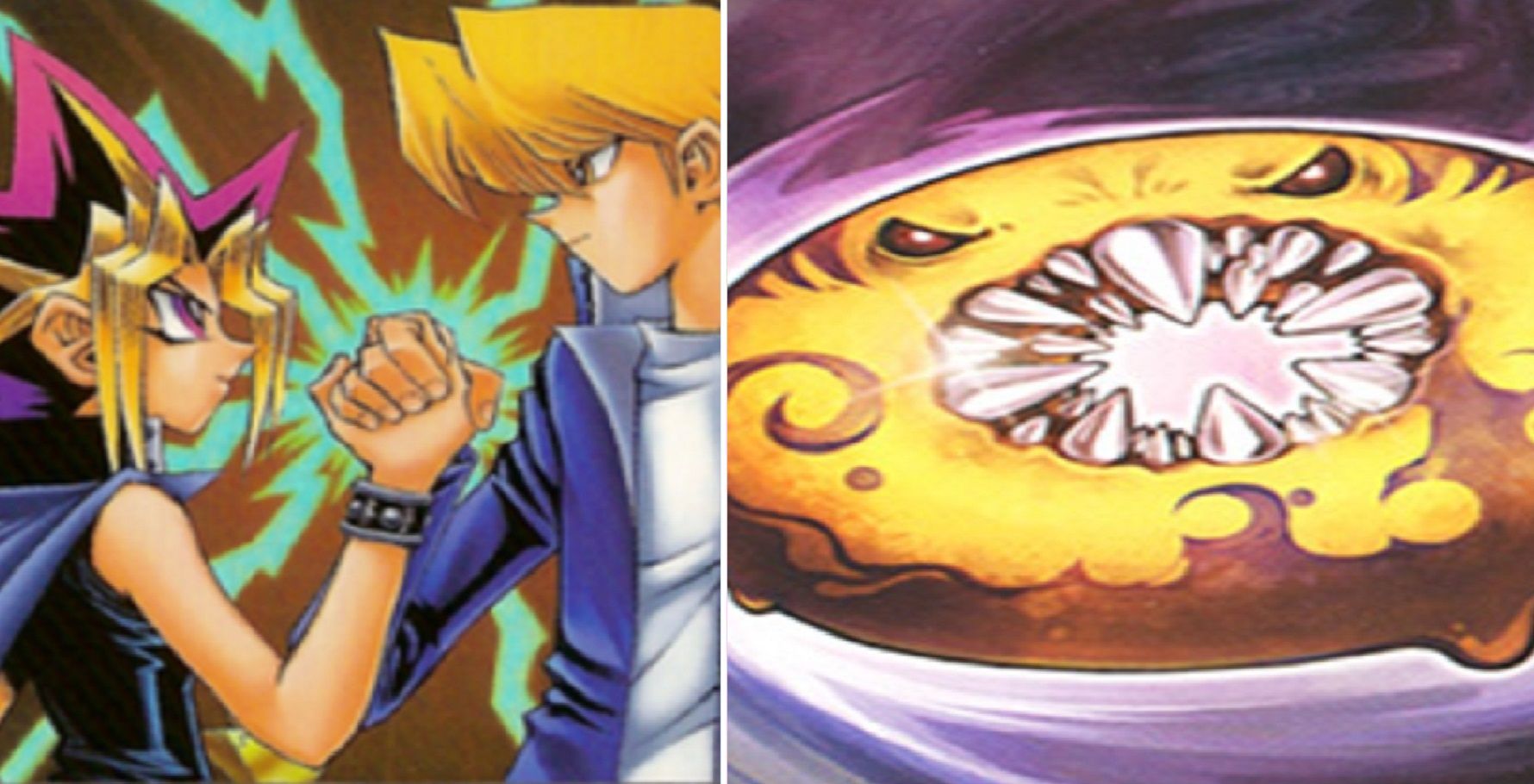
The 10 Strangest Yu-Gi-Oh Cards Ever Made
Whether they simply have an amusing name, or they just make no sense at all, here are some of the most peculiar cards ever added to Yu-Gi-Oh!
The beginning of the original anime series claims that there are only four Blue-Eyes White Dragon cards in existence. However, its popularity and strength have made it more widely available to duelists and fans of the trading card game around the world, encouraging them to build their own Dragon decks with other popular cards, such as Red-Eyes Black Dragon, Blue-Eyes Toon Dragon, or Blue-Eyes Ultimate Dragon.
1 Dark Magician
Advantageous 7-Level ATK and DEF Stats
- Release Year (Japan): 1999
- Release Year (North America): 2002
- Card Type: Monster
Yugi Muto’s signature monster, Dark Magician, is one of the most important cards in the franchise for its role in the animated series. By its duelist’s side, Dark Magician conquered even the most fearsome foes with style and determination.
Although Dark Magician only has 2,500 Attack and 2,100 Defense, the Spellcaster card is as influential as a monster card as it is a card archetype. Alongside Dark Magician Girl, Dark Magical Circle, and Magician’s Rod, a Dark Magician deck is a worthy and iconic force to be reckoned with.

Yu-Gi-Oh Master Duel: 9 Best Dark Magician Cards
Be sure to unleash these helpful Dark Magician cards in the next round of Yu-Gi-Oh! Master Duel.

